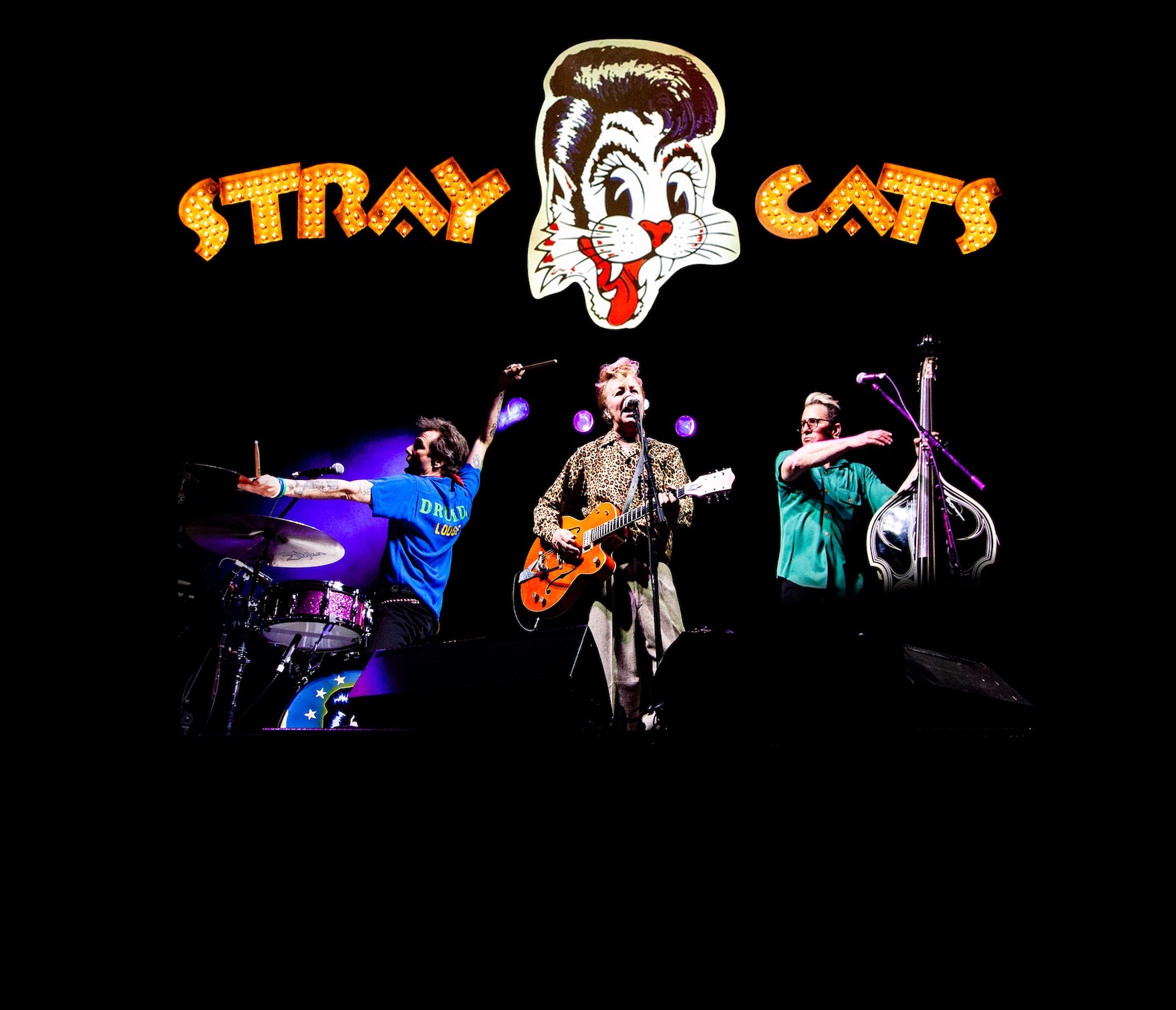Featured News - Current News - Archived News - News Categories
By Nicole Gerber, Ph.D.
NYS Master Naturalist
Spring is the time of the year when you will start to see more wildlife! They are on the move looking for new territories, food sources or mates; babies are being born in trees, in stumps or in the ground; hungry woodchucks are waking up; and frogs and toads, and insects, are starting to talk and move about. As wildlife are enjoying the nicer weather much as we are, here are some tips on how you can help them stay safe and survive as the warm days come and as babies are born.
√ Drive slowly and carefully at dawn and dusk, and especially in the first few hours of darkness when nighttime animals are most active. Use your high beams when possible and scan the sides of the roads for reflecting eyes. Be alert for the slow-moving opossum who may be in the middle of the road making his/her leisurely way across to the other side. Nocturnal mammals are out looking for food and do not see the road as a danger, they just want to get to the other side. Flash your lights and honk to scare them and help them safely cross the road.
√ Drive slowly at night, especially near wooded areas, and also when near streams and waterbodies, as the frogs and salamanders are moving to their breeding ponds, and they do so at night. They will move great distances to get to the wetlands to breed and lay eggs, so you may see them hopping and jumping across roads at night as they move purposefully on their mission.
√ Turtles also move purposefully – but very slowly – to search for mates and nesting sites. They often end up crossing roads to get where they want to be, and often cross where wetlands and water sources are nearby. If you see a turtle in the road and can safely stop to assist it across, always move the turtle to the other side of the road in the same direction that it was heading. Never put yourself in danger on a roadway when trying to help a turtle or any injured wildlife! Pay attention to the traffic, never step in front of cars, and never pick up a snapping turtle with your bare hands. For moving snappers, use an implement like a shovel to nudge it into a box or use the shovel to nudge and encourage it to keep moving across the road.
√ Baby wild animals can be touched when being put safely back in their nests and homes – it is not true that touching them will make their mothers reject them. Human scent on baby animals will not stop the mother from caring for them. The goal is always to work to reunite wildlife babies with their mother because that will give them the best chance for survival.
√ Squirrel nests are located in trees and, sometimes, the babies can fall out or be knocked out of the nest by heavy winds. If you find a baby squirrel on the ground, assess its physical condition: Is the baby cold, wet and crying? Is it bloody or is there an obvious broken bone? If it is injured, call a wildlife rehabilitator. If not, look up in the trees to find the nest. Place the baby squirrel in a box at the base of the tree for the mother to come and retrieve it. It may take several hours for the mother to come, so you can place a heat source (such as hot water bottle wrapped in a towel) under the baby squirrel to keep it warm.
√ Baby birds can also fall out of nests and can be placed back in. Nestlings are birds that have very little if any feathers, and they cannot fly. If a nestling is placed back in the nest, the parents will continue to care for them. If the nest was destroyed, you can create a nest by taking a container that drains and putting the nest materials in it; then place the homemade nest at the base of the tree where the original nest came from.
√ Baby birds that have feathers and are actively hopping and moving about on the ground are called fledglings. They leave the nest when they are preparing to learn how to fly and be independent. The parents are likely nearby watching and helping the babies learn to find food and test their wing skills. These fledgling babies are fine to leave on the ground. They may not be skilled at flying – you will see them hopping and flapping around – but you can leave them on the ground and just observe to verify they are not hurt. This is the learning stage of the bird’s life and there is no need to rescue them and put them in a box.
√ Rabbits often make nests that are right out in the open in yards. Mother rabbits will dig a shallow hole, line it with grasses and their fur, and will cover up the babies with the grasses when leaving the nest. The mother rabbit only feeds her babies twice a day – once in the morning and once in early evening – so you may never see her there. If you find a nest of baby bunnies, leave it be, make sure it is covered with the nesting materials, and restrict your pets from getting to it. If you think the mother may not be caring for the babies, you can place strings in a pattern across the top of the nesting material to see if they are moved, which would mean the mother is going into the nest to take care of the babies. Baby rabbits have a much better survival rate when they are cared for by their mother.
√ If an animal has babies under your porch or shed, and you did not expect or want it to be a wildlife nursery, give them a chance to get bigger and become self-sufficient before evicting them. Learning the weaning dates of the species and observing what they are doing can help guide you as to when it is time to help the family move out. Once all are safely out, seal off the opening so that it cannot be accessed by the next animal family looking for a place to call home!
√ Wildlife that you may see out and about during the day as the mothers look for food are raccoons, foxes and coyotes. These animals are mainly active at night but, when there are babies to feed and care for, they will be active during the day, as well.
For any wildlife that are injured or when animal parents do not come back to care for the babies, contact a licensed New York State Department of Environmental Conservation wildlife rehabilitator to determine what to do next to best care for the animal.
Learning about and observing the behavior of the wildlife in your community is the best way to peacefully coexist with the animal families who share our neighborhoods.





























